In the animal kingdom, menopause is an exceedingly rare phenomenon, confined to just a handful of species, including humans and five toothed-whale species.
Among them, orcas, or killer whales, have intrigued researchers for years due to their ability to live beyond their reproductive years.
A recent study by scientists from the University of Exeter, the University of York, and the Center for Whale Research in Washington has unveiled yet another intriguing aspect of menopause in orcas: the protective role postmenopausal mothers play in safeguarding their sons.
Led by animal behaviorist Charli Grimes, the research team analyzed fin scrapes, specifically tooth-rake marks—scars from encounters with other orcas—on a closed group of southern resident killer whales in the Pacific northwestern U.S.
The team’s goal was to unravel the significance of menopause in these majestic creatures and explore how it contributes to their species’ survival.
The findings, published in the journal Current Biology, were startling. The study revealed that postmenopausal orca mothers invested their energy and social support exclusively in their male offspring, shielding them from injuries that might arise during encounters with other orcas. Surprisingly, this protective behavior did not extend to their daughters or grandchildren.
Grimes emphasized the significance of the discovery, remarking, “That was really striking, to see that these females are just targeting the social support toward their male offspring.” While the reasons for this gender-specific protection remain unknown, researchers believe it may be linked to the males’ higher reproductive potential and preference among females to mate with older, larger males.
The study also shed light on the extended roles post-reproductive females play in orca society. These matriarchs lead their groups to essential foraging grounds, a critical role, especially during the scarcity of their main prey, salmon. Furthermore, they exhibit an intriguing behavior of sharing food with their adult sons, thereby ensuring their continued nourishment into adulthood. In contrast, daughters tend to become more independent once they reach sexual maturity.
Post-menopausal orcas, despite their protected status within the group, demonstrated a lack of physical scars from aggression, hinting at their potential to navigate conflicts through social dynamics or signaling. Their valuable ecological knowledge, such as finding food sources, also helps their grand offspring thrive, but interestingly, it doesn’t result in lower injury rates.
While the study contributes significantly to understanding orca behavior, Grimes and her team acknowledge the need for further research. Using drones to observe direct interactions could provide deeper insights into the dynamics of postmenopausal orcas and their protective strategies.
As orcas typically enter menopause around age 40, similar to human women, the study highlights the striking parallel between these majestic sea creatures and humans. Both species’ ability to live beyond their reproductive years remains a testament to the complexity and diversity of life on our planet.
Considering that menopause is virtually nonexistent among animals, these findings provide a fascinating glimpse into the unique and strategic support offered by postmenopausal orca mothers to ensure the prosperity and survival of their adult sons. Menopause may be a rarity in the natural world, but in the case of orcas, it is a testament to nature’s extraordinary and awe-inspiring wonders.
Sign this petition to release SeaWorld’s killer whales.
What you can do
Support ‘Fighting for Wildlife’ by donating as little as $1 – It only takes a minute. Thank you.
Fighting for Wildlife supports approved wildlife conservation organizations, which spend at least 80 percent of the money they raise on actual fieldwork, rather than administration and fundraising. When making a donation you can designate for which type of initiative it should be used – wildlife, oceans, forests or climate.
This article by Trinity Sparke was first published by One Green Planet on 28 October 2023. Image Credit :Tory Kallman/Shutterstock.
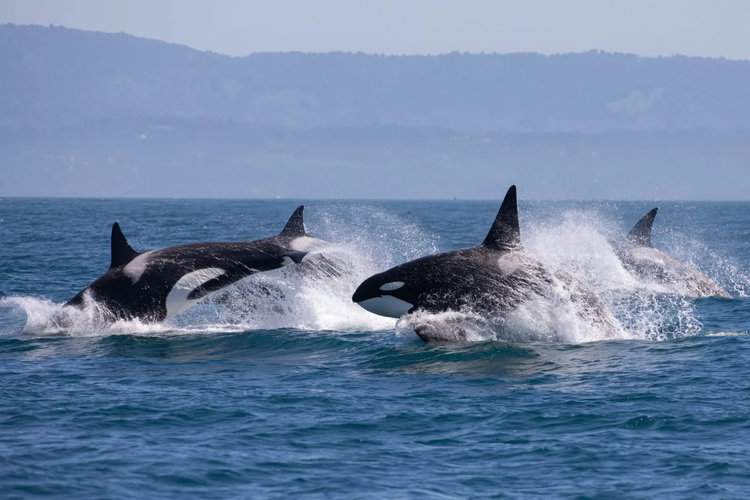

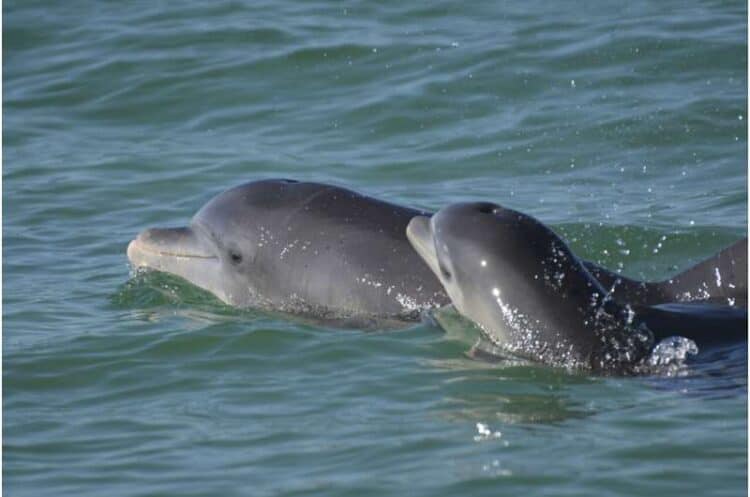
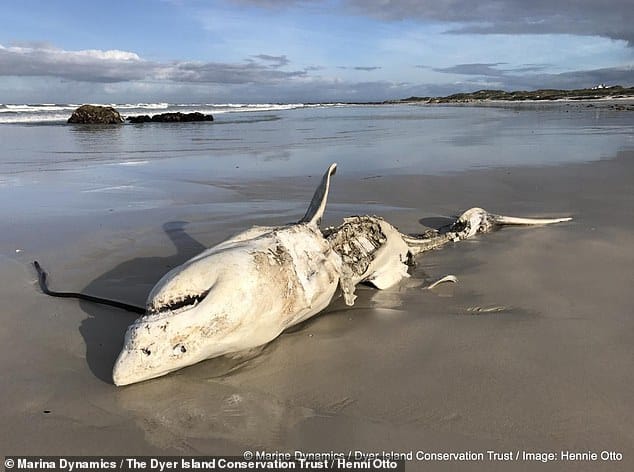
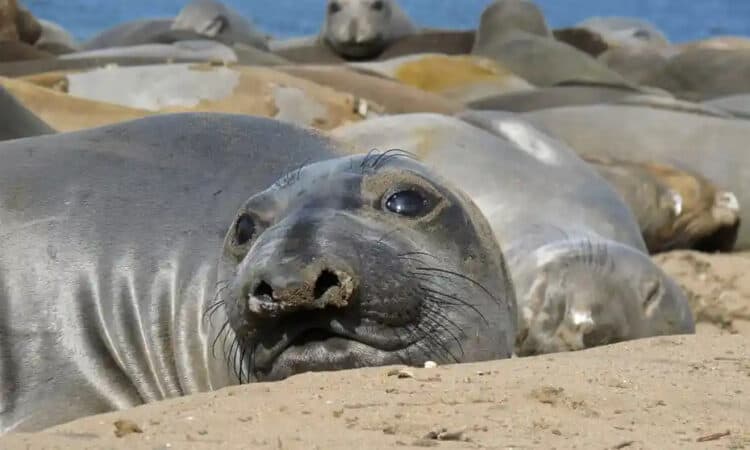
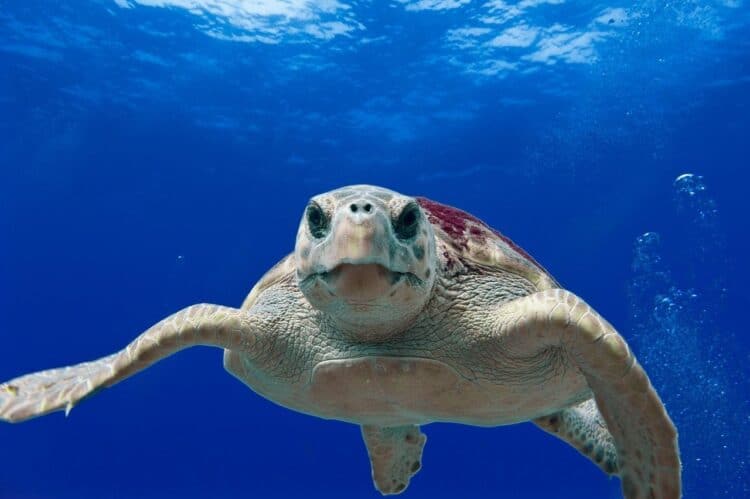

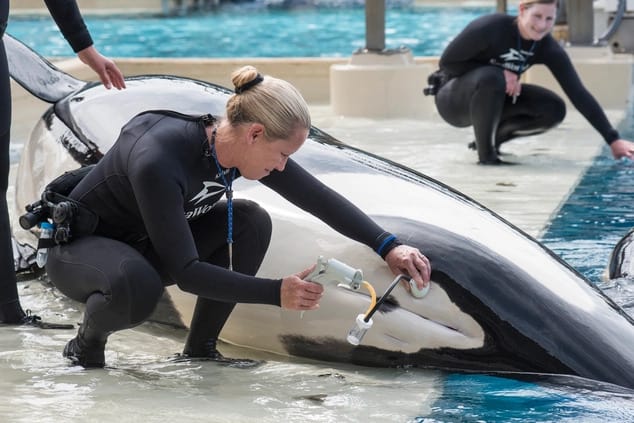
Leave a Reply